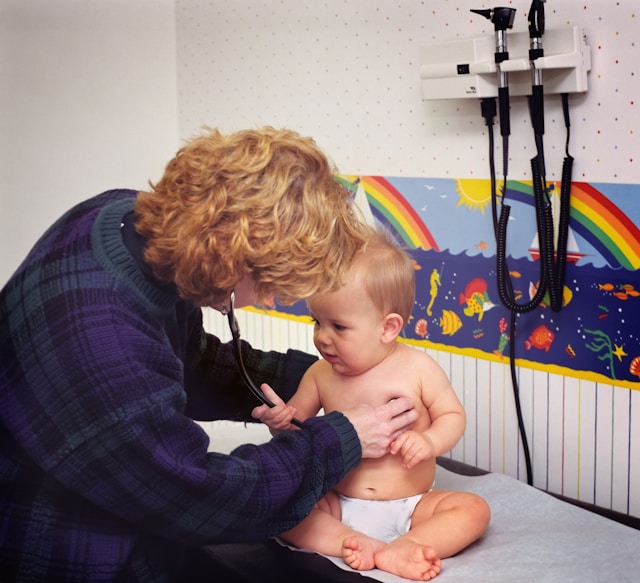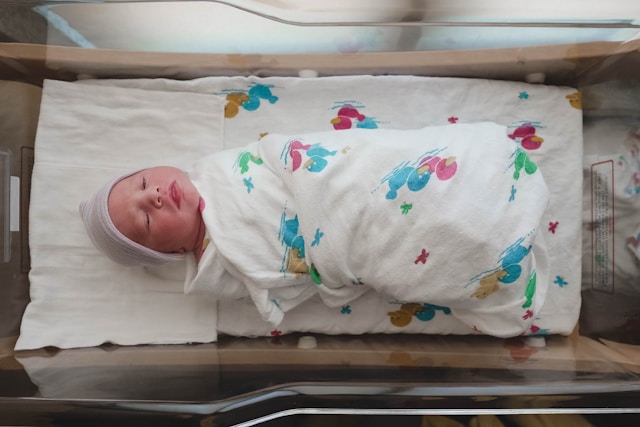Your baby moves often because of their curiosity, which makes them want to see and touch everything nearby. As soon as the baby learns crawling, walking, or climbing, every movement teaches something new but can sometimes cause harm. Many families in Australia like to spend time outdoors in parks, go to the beach, or have time in the backyard. These outdoor spaces offer chances to play, yet they also sometimes create situations where accidents might happen. There are moments when your baby could fall down or hit something during play. Usually, these turnovers do not cause much harm. It is possible, though, for a fracture or a sprain to happen in some cases when your baby is injured.
Recognising a fracture or sprain in babies can be difficult for parents. Babies cannot explain pain in words. In the case of a fracture, bone is either broken or has a crack. Sprains happen then ligaments, which are tissues joining bones, get injured by a twist or a knock. Adults and older children can share what they feel, so it is easier for them to say if they are hurt, while babies use other ways to show pain. You might also notice your baby stops crawling or walking after getting hurt. When you dress or change your baby and they cry, those signs matter and helpful action is needed.

Parents in Australia often decide to train for emergencies by learning basic first aid for babies. Trusted websites like emergcare.com.au offer special online courses about baby care that fit what Australian families need. Each of these courses can help you learn injury treatment methods, how to keep calm in tough moments, and ways to give first aid until a nurse or doctor can take over. People who have this kind of training feel surer about responding if injury happens to their baby. Medical care from a professional is always important, but knowing what to do until help comes can make a big difference.
Identifying a Baby Fracture or Sprain
Spotting a fracture or sprain in babies takes close looking and careful attention. Start by watching how the baby acts after falling or getting hit. If a baby keeps crying and usual soothing does not help, or if they will not move a body part, watch for injury. Notice swelling, a red spot, or bruising on the joints or bones as they may mean a problem. With a fracture, you may see the arm or leg look bent or in a position that looks strange. A sprain might not be obvious but can make movement painful and hard. If a baby does not want to put weight on a leg, or won’t use an arm, always check with a doctor to be safe.
First Aid Response for Suspected Fractures
When you think your baby has a fracture, keep them as calm and still as you can. Try not to move the injured part unless really needed. If the arm or leg looks wrong or not normal, do not straighten it yourself. Just hold and support it gently without moving it from its position to keep it safe. Soft things like towels or blankets work well for this. Use a cold pack or ice in a cloth for the swelling to make things less painful. Never put cold things straight on the skin, wrap them first. Comfort your baby while you wait for someone to help call a doctor or drive you to the emergency room. If you think it’s a fracture, always see a medical professional quickly.

Treating a Baby’s Sprain Safely at Home
Sometimes a mild sprain can be cared for at home if there is not much swelling or no clear bend in the limb. Rest the sore area and don’t let your baby press down or use that leg or arm for a bit. Wrap ice or a cool pack in cloth and put it on the swelling for 15 to 20 minutes every few hours. You can lift up the sore hand or leg to slow down swelling. Do not use bandages for pressure unless a doctor tells you to, since a baby’s skin and blood flow are gentle. If pain stays, the baby stops using the arm or leg, or swelling gets worse, go to a doctor or clinic for help.
When to Seek Emergency Medical Help?
You usually do not call an ambulance for every fall, but some cases need emergency services. Call for help right away if the limb looks broken or bent in a wrong way, or if you see a cut in the skin near the sore place. Bad swelling, non-stop crying, or the baby not using the arm or leg for a long time are warning signs. If your baby gets sleepy, turns pale, or breathes fast and their skin feels cold, this might show shock or something serious inside. Many parents in Australia can call nurse hotlines or local after-hours clinics if they need advice fast. It is always safer to check with a professional for any baby injury.
















